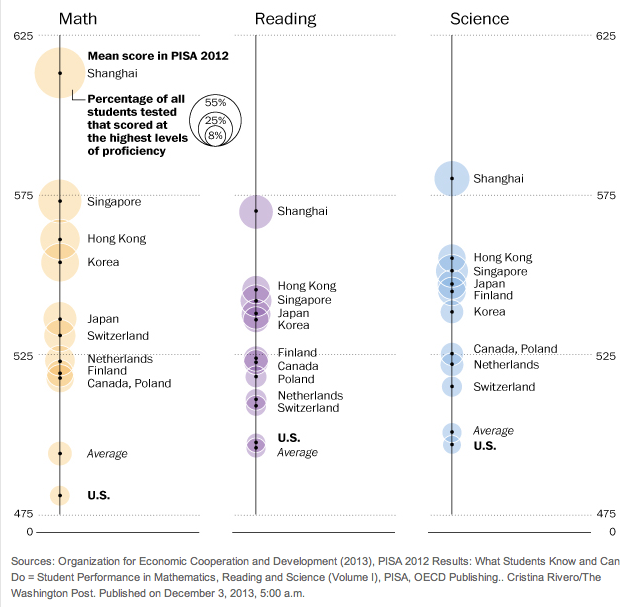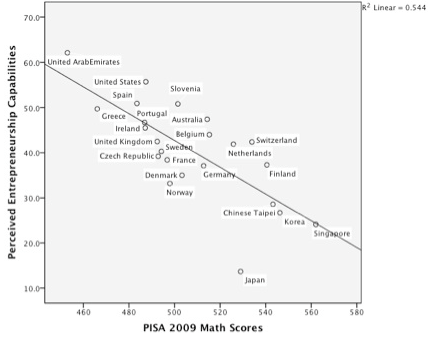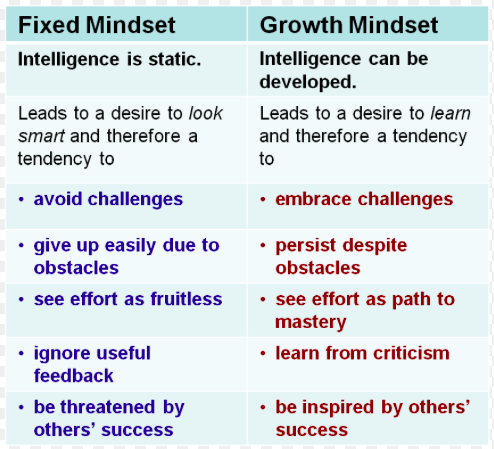I just spent a week in the Caribbean on an island with lovely beaches and an incredibly high cost of living. The island has no income tax, so generates the majority of its income from tourist like you, and I, through a very large VAT tax.
Simple staples, like bread, are priced so high it made me ask my wife “How does anyone afford to live here?” The answer became apparent as the week went on — you’re either very wealthy (not us), or that you live very simply.
As the week progressed, I found myself appreciating the fact that less could be more. Once my awareness was raised, I discovered a certain elegance in the simplicity. For example, the cabinets and crown molding in our room were white washed rather than covered with layers of expensive paint, actually highlighted the natural beauty of the wood grains.
 Arriving home to the states and the “routine” with my newfound appreciation for minimalist living, I found that I am now highly sensitized to the waste within marketing. The unnecessary use of “empty” words used to make extravagant and/or over inflated claims that is cluttering copy.
Arriving home to the states and the “routine” with my newfound appreciation for minimalist living, I found that I am now highly sensitized to the waste within marketing. The unnecessary use of “empty” words used to make extravagant and/or over inflated claims that is cluttering copy.
It appears that with the proliferation of content marketing we are starting to see an ugly underside. Marketers focused on getting “views” and social shares, are in a “war of words” that is producing empty promises in the form of audience grabbing headlines that fail to pay off with insightful or promised content.
Words like “epic” or “iconic” once rarely used, (and when they were, they were actually describing something that was of a significant historical event) are now used to describe everything from trade shows to webcasts, so overused, they have become meaningless.
In the past, when someone made the statement that they were the “Leader in”, they actually were, and could back it up. Or when they created a “Top 5 List or Best Practices”…they had the research to actually prove it. Now marketers randomly use those enticing titles in headlines in a desperate attempt to get noticed.
Fueling this are insights from content marketing tools are enabling marketers to engage in this “copy cat” hype game. Just pick a topic, go to a site like BuzzSomo, search for the most popular headlines, and then build something similar.
Content marketing, and for that matter Native Advertising, can benefit audiences and be effective marketing tools, but not if these practices continue.
Thanks to Steve Jobs and Apple, simplicity and “clean lines” are now pervasive within design. It has helped to streamline and simplify brands, from logos and website to products. The time has come for it to influence copywriting and content production.
Yes, it takes longer to write a shorter sentence, but it’s worth it. As the late great Maya Angelou once said, “Easy reading is damn hard writing. But if it’s right, it’s easy. It’s the other way round too. If it’s slovenly written then it’s hard to read.” As marketers, we have to do better, be better. Strive for elegance in your craft. Don’t paint the essence of what you want to say, or promote, with layers of needless or empty words.
If you want someone to read your content — be credible. If you want it shared, say something insightful or newsworthy. That is the way it has been, and will always be. It’s that simple.




